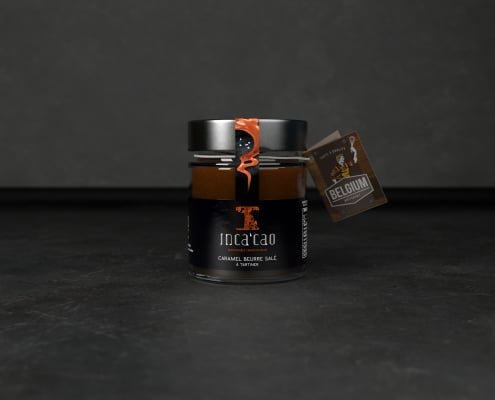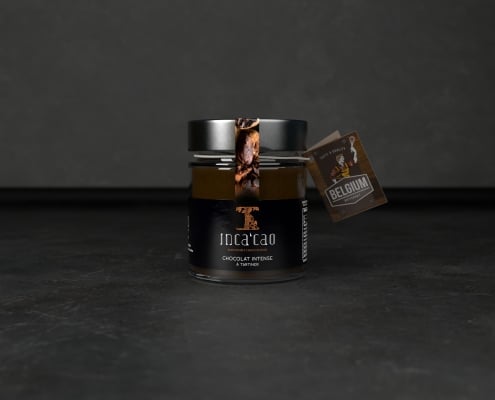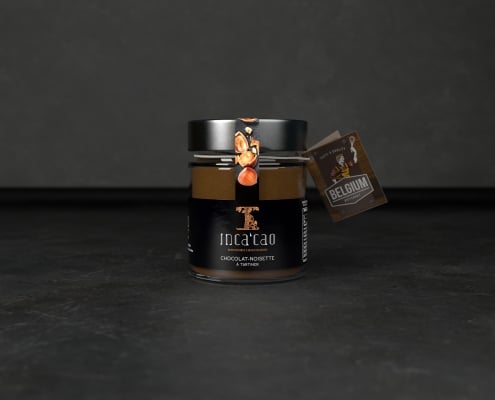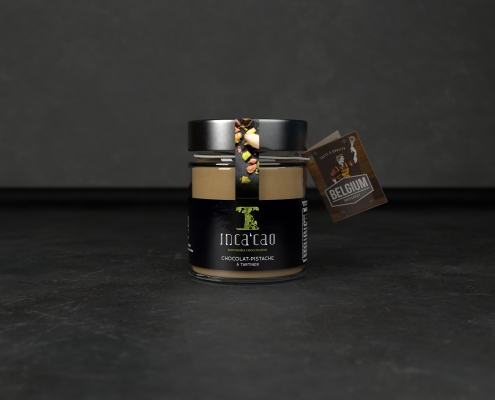This Prebiotic Soluble Fibre has a low caloric value: about 1 kcal/g, and it is widely used as a bulking agent and to replace the structure and texture of sucrose (table sugar). This soluble fiber has a glycemic index (GI) of 4 to 7.
Unlike other fibres such as: soluble chicory fibre (known as inulin with a GI of 14, maximum consumption 60g/day), soluble corn fibre (known as Resistant Maltodextrin with GI of 25, maximum consumption 45g/day) or soluble tapioca fiber (known as Isomalto-oligosaccharide with a GI of 35, maximum consumption 30g/day).
We decided to use this synthetic prebiotic fibre Polydextrose above those mentioned above and started lowering the use of those concentrated ‘natural’ fibres except for our caramel spreads. We stopped using the marketing tricks such as ‘All Natural…’. Honey, grains and bananas (ripe bananas have a GI of 130!) are also ‘Natural’ as well as beet and cane sugar, that’s why the excessive use of ‘Natural sweeteners’ causes insulin resistance and diabetes. Arsenic and Gasoline is also natural if we want to go this way! We are reducing the use of inulin, soluble corn -and tapioca fibre because it gives so much bloating and soft or loose stools, some have a high GI and the daily intake is so limited and gives a lot of stress on the body. Polydextrose has the highest daily intake of 90gr, is less taxing for the body and improves the gut flora and microbes much better by fermenting this prebiotic fibre to create the 3 main short fatty acids (acetate, propionate and butyrate) which can affect systemic fatty acid metabolism through modulating host gene expression and providing a substrate for cellular catabolic and anabolic reactions.
